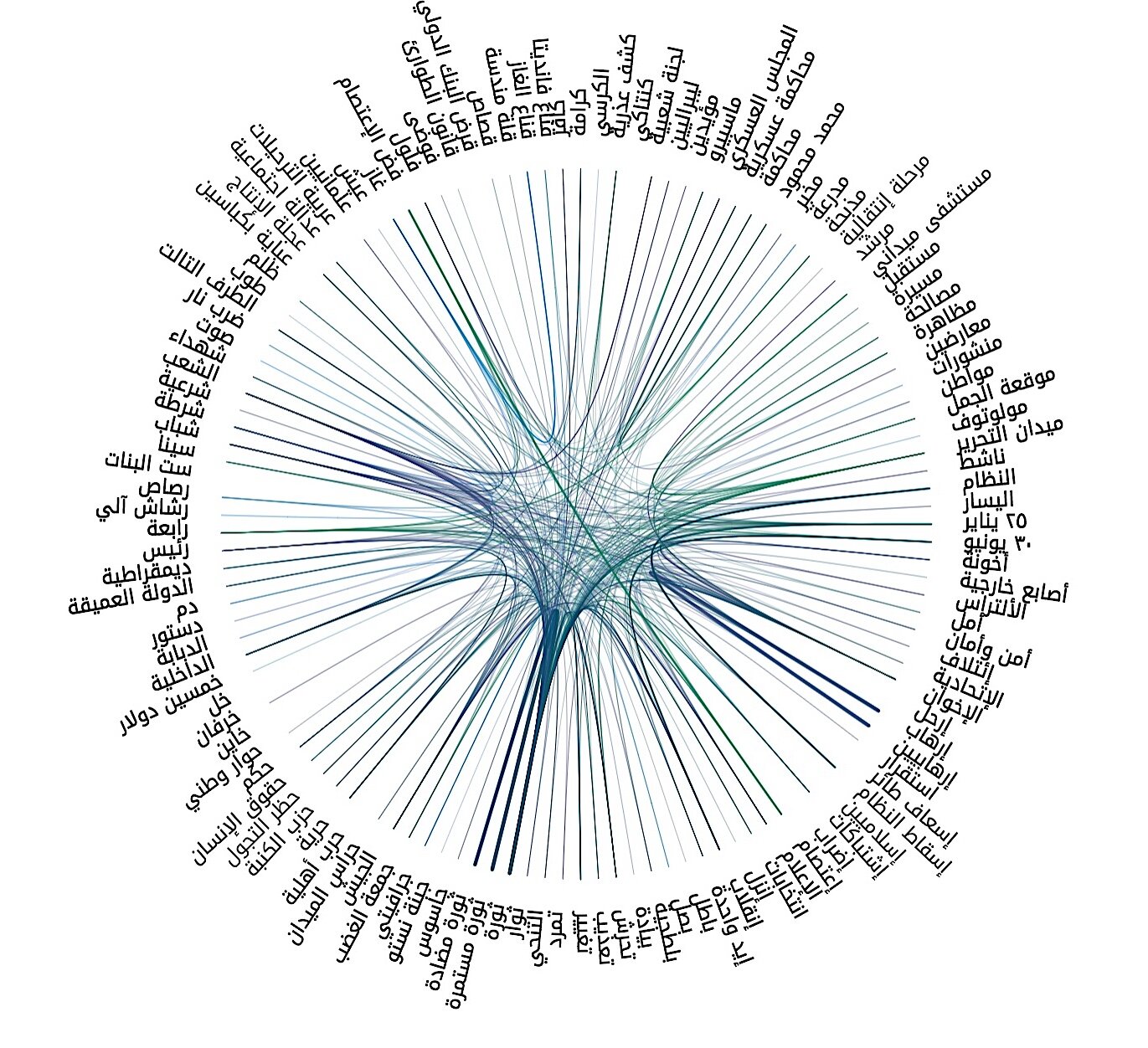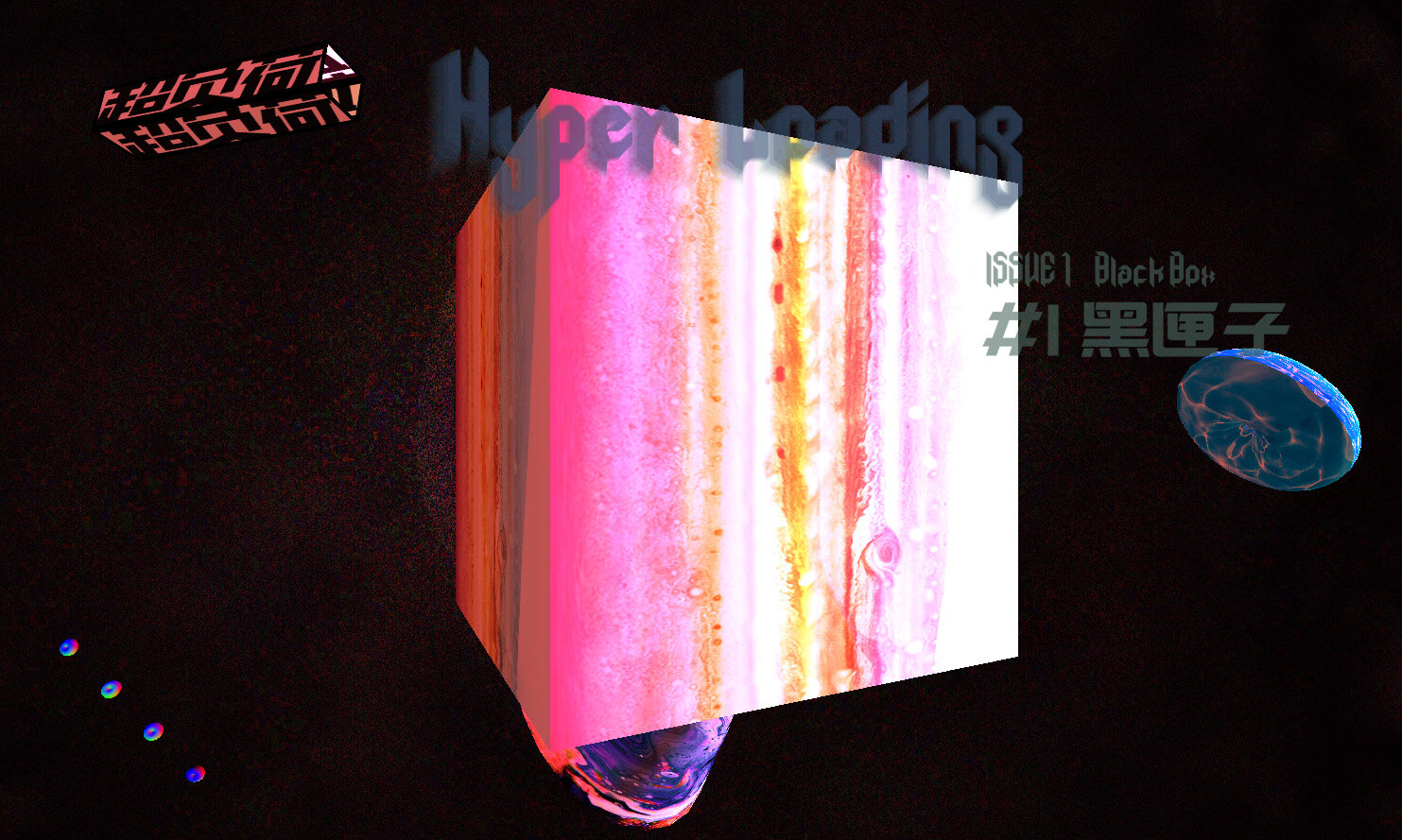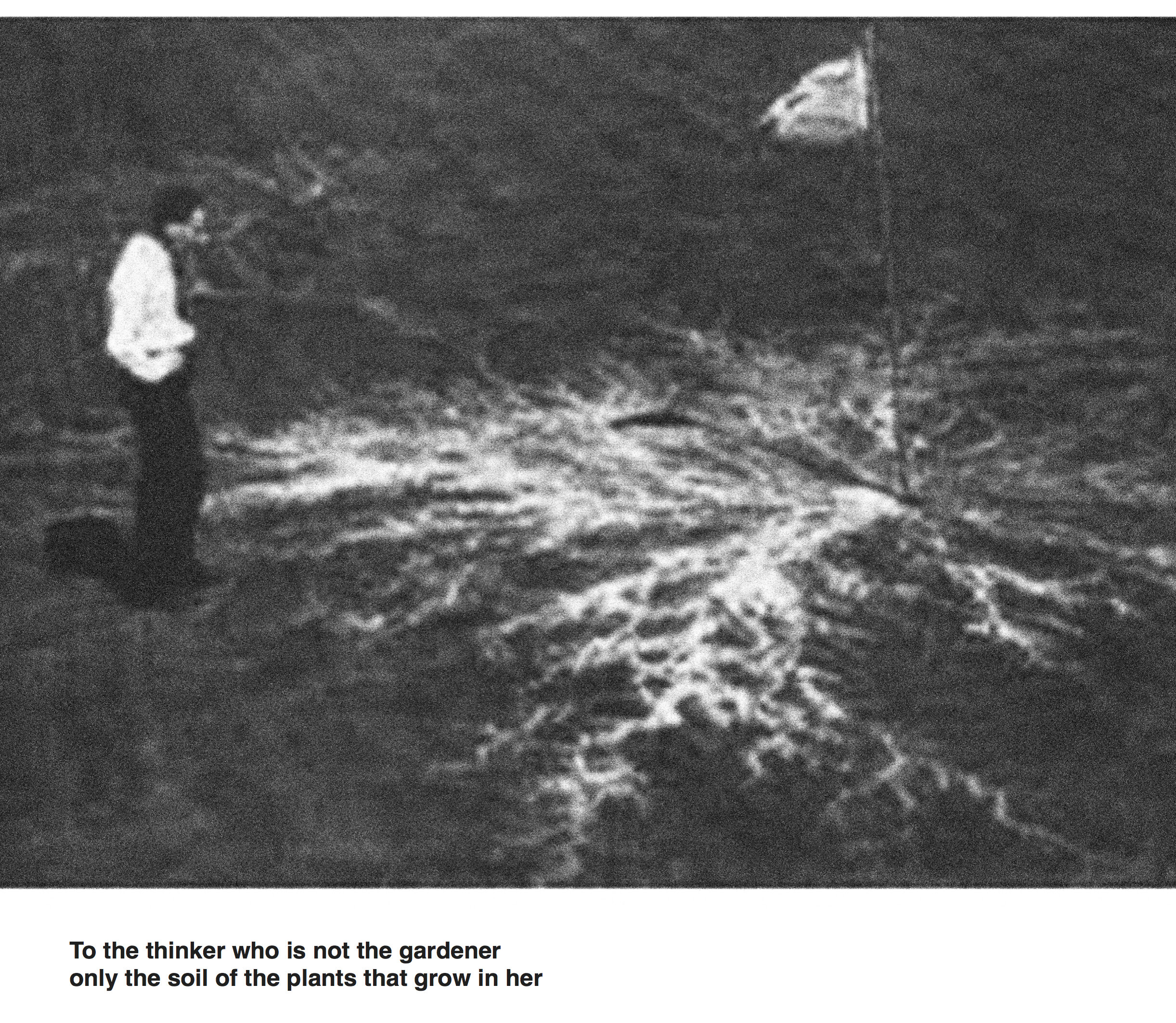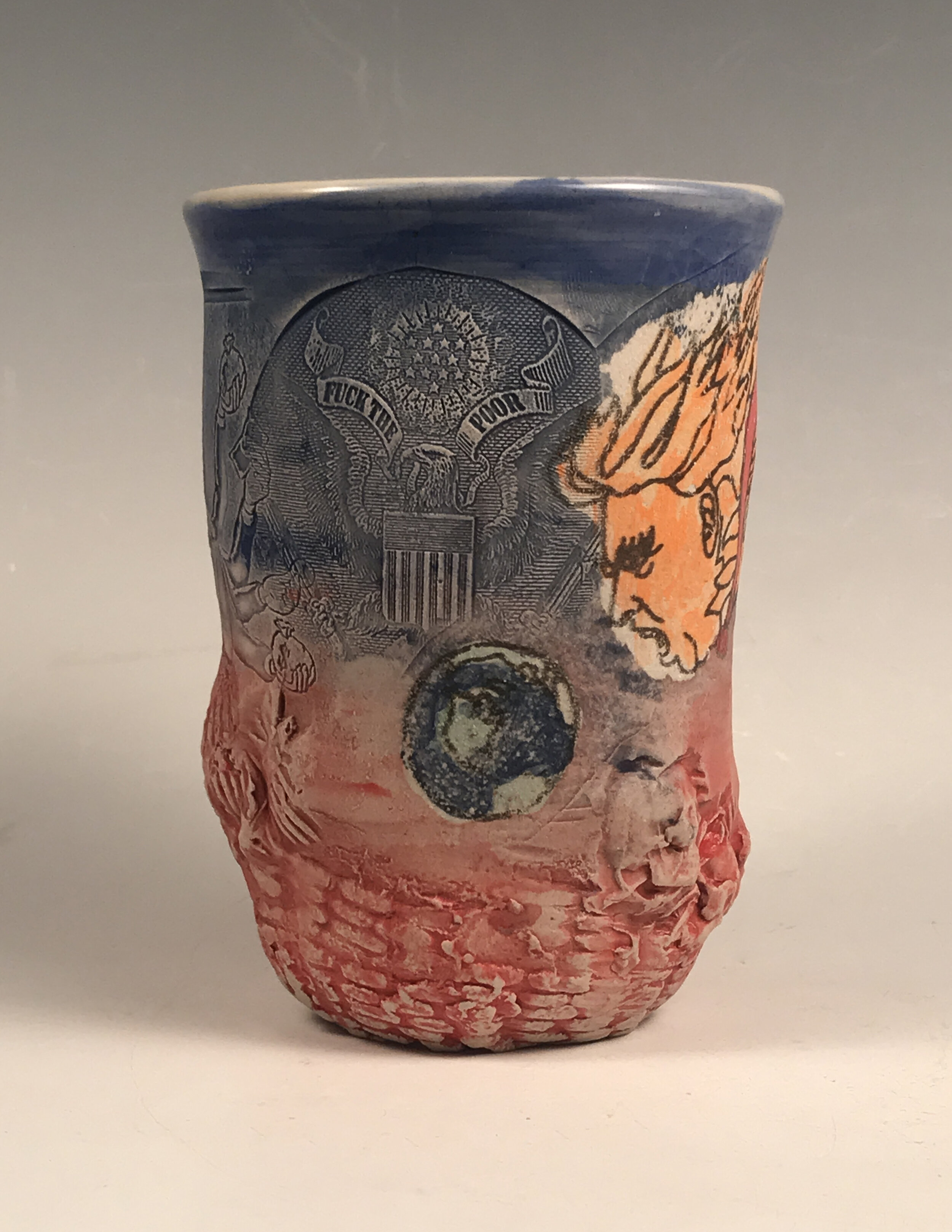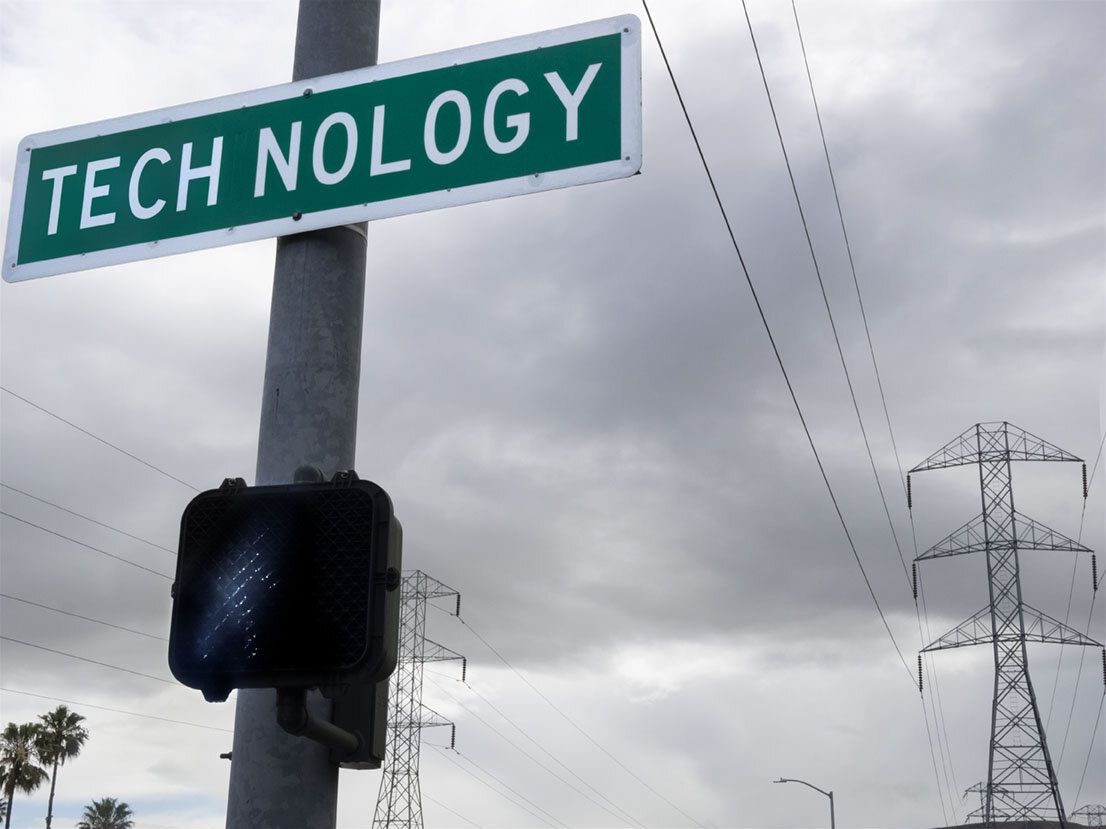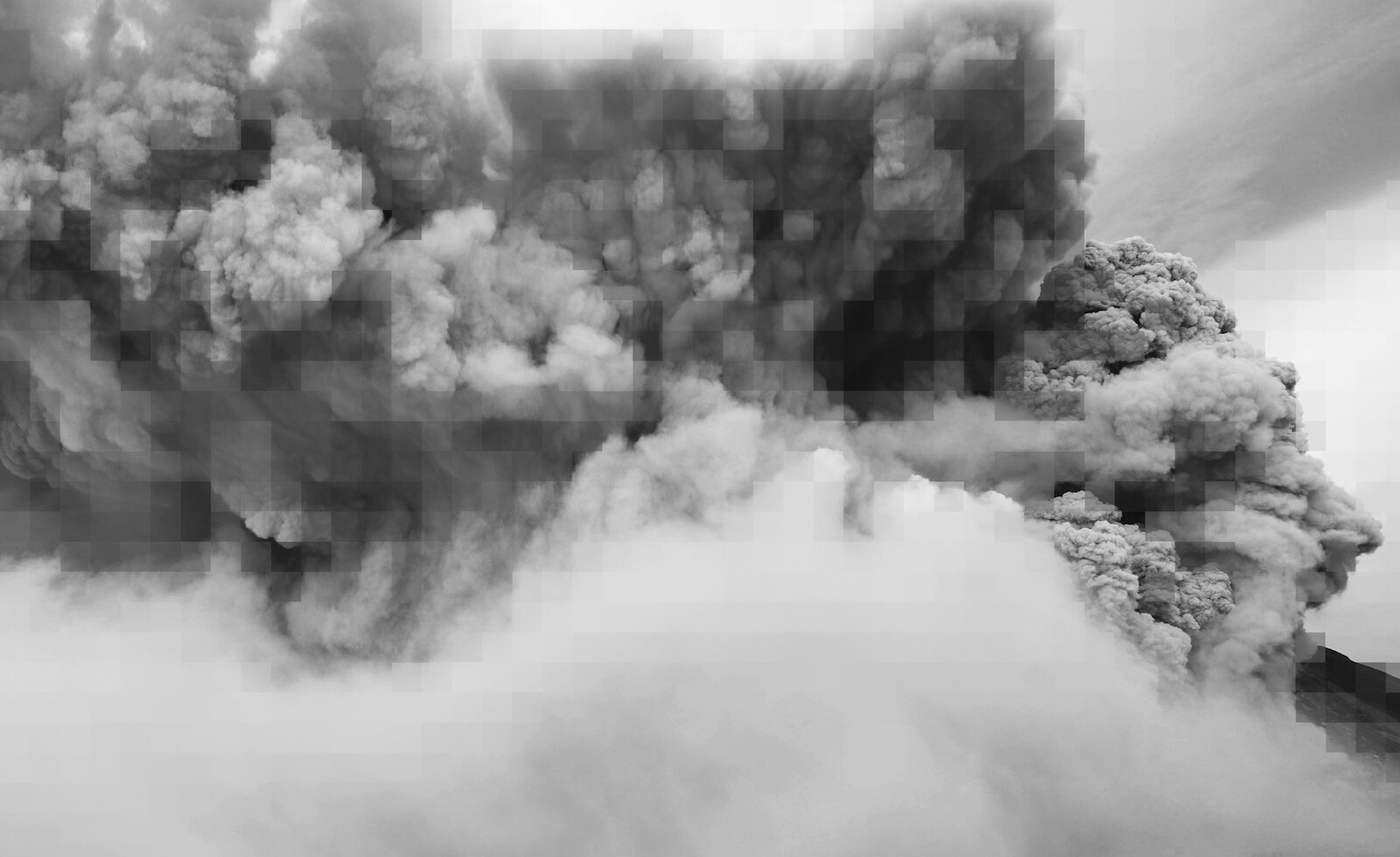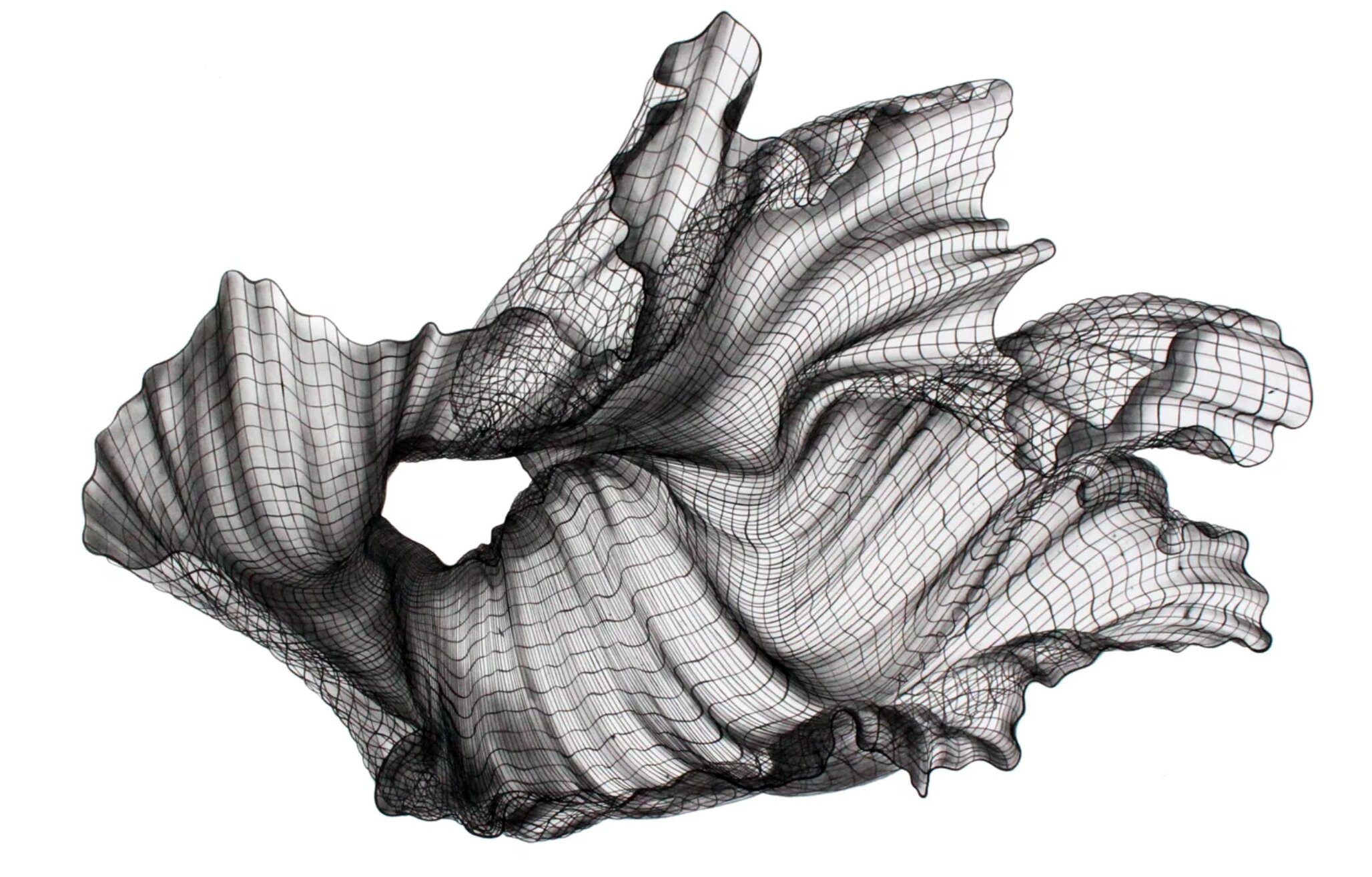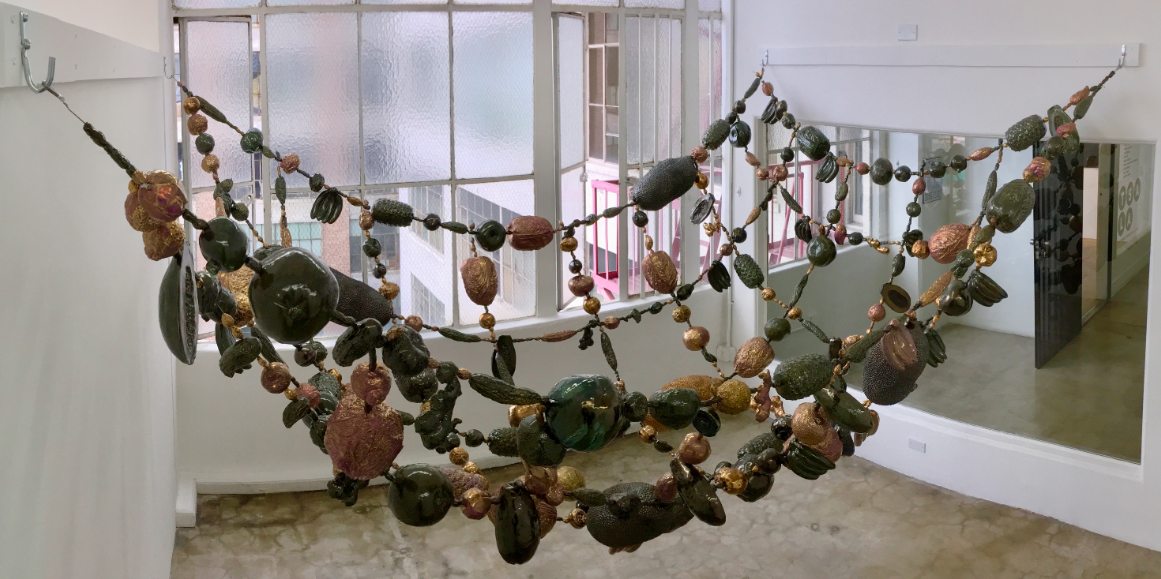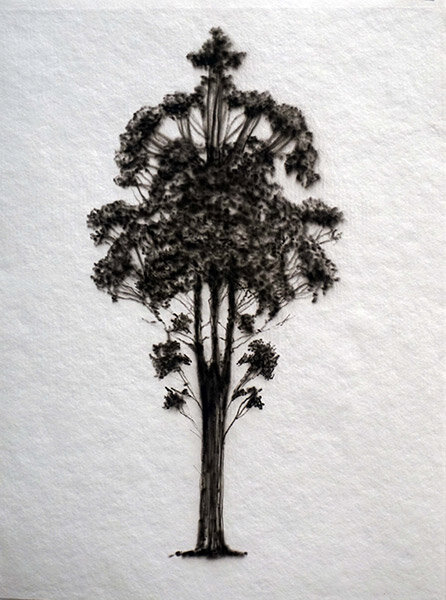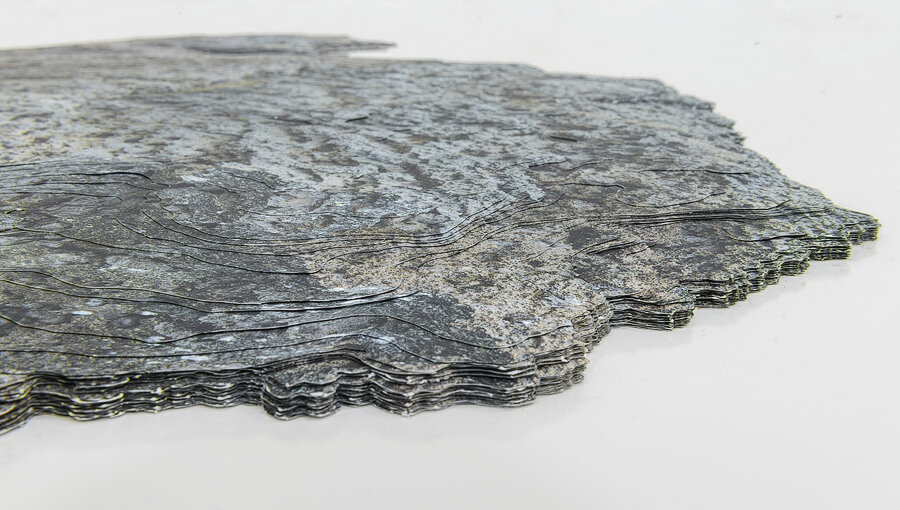Hyperobjects
The 2019 Art Practice Department Exhibition
Featuring the Artwork of UC Berkeley Art Faculty and Staff
With Artists Featured in the Exhibition Hyperobjects (University of Bergen, 2018)
Curated by Eamon O´Kane and Scott Rettberg
Roderick Coover, Farley Gwazda, Amira Hanafi, Anahita Hekmat, Kenyatta A.C. Hinkle, Randy Hussong, Eamon O´Kane, Asma Kazmi, Christina Klein, Liz Linden, Cathy Lu, Jill Miller, Indira Martina Morre, Craig Nagasawa, Greg Niemeyer, Magnhild Øen Nordahl , Erik Friis Reitan, Scott Rettberg, Alex Saum, Adrien Segal, Kjersti Sundland, Ehren Tool, Sveinung Rudjord Unneland, Upstream, Leila Weefur
Wednesday, October 16th - Thursday, November 7th, 2019
Opening Reception: 4 - 7pm, Wednesday, October 16th, 2019
Worth Ryder Art Gallery, Kroeber Hall, UC Berkeley Campus
Free and Open to the Public
Flier for 2018 Hyperobejcts Exhibition
In his book Hyperobjects (2013) Timothy Morton defines the hyperobject as something "massively distributed in space and time in relation to humans." A primary example is climate change. This exhibition includes works that explore how hyperobjects reflect human relationships with the planet during the Anthropocene era.
Many of the artists were originally featured in the 2018 exhibition Hyperobjects at Joy Forum, University of Bergen, Norway, curated by Greg Niemeyer, Eamon O’Kane, Scott Rettberg, supported by the Peder Sather Center for Advanced Study.
Also curated by O’Kane and Rettberg, the current exhibition also includes work by the faculty and staff of the UC Berkeley Department of Art Practice. These works merge with the those from the original exhibition, and, in a way, become viscous (to borrow Morton’s term), and “stick” to the other artworks.
Please join us for an opening reception from 4 - 7pm on Wednesday, October 16th, 2019!
Hyperobjects are Viscous, Molten, Nonlocal, Phased, and Interobjective:
Viscous: Hyperobjects adhere to any other object they touch, no matter how hard an object tries to resist. In this way, hyperobjects overrule ironic distance, meaning that the more an object tries to resist a hyperobject, the more glued to the hyperobject it becomes.
Molten: Hyperobjects are so massive that they refute the idea that spacetime is fixed, concrete, and consistent.
Nonlocal: Hyperobjects are massively distributed in time and space to the extent that their totality cannot be realized in any particular local manifestation.
Phased: Hyperobjects occupy a higher dimensional space than other entities can normally perceive. Thus, hyperobjects appear to come and go in three-dimensional space, but would appear differently to an observer with a higher multidimensional view.
Interobjective: Hyperobjects are formed by relations between more than one object. Consequently, objects are only able to perceive to the imprint, or "footprint," of a hyperobject upon other objects, revealed as information.
– Hyperobjects by Timothy Morton is available at the Art Library Project


